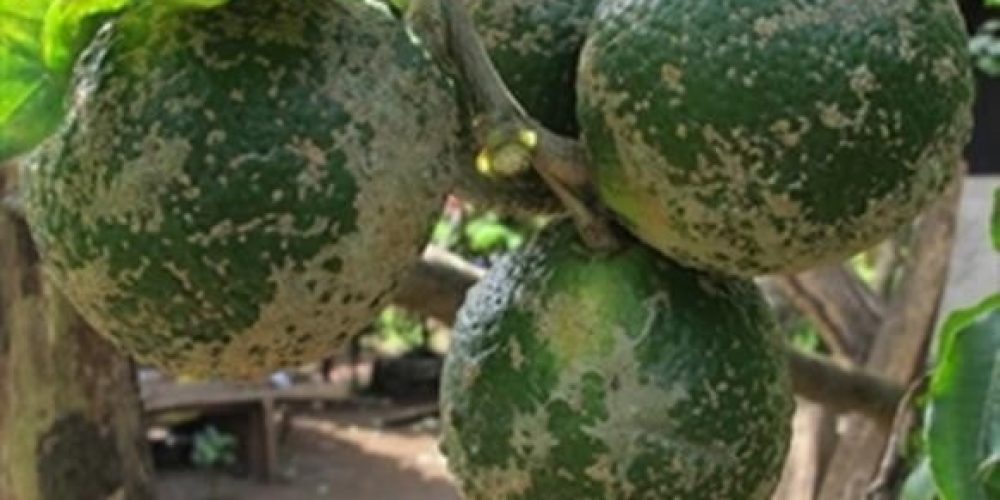Table of contents of the article
Toggle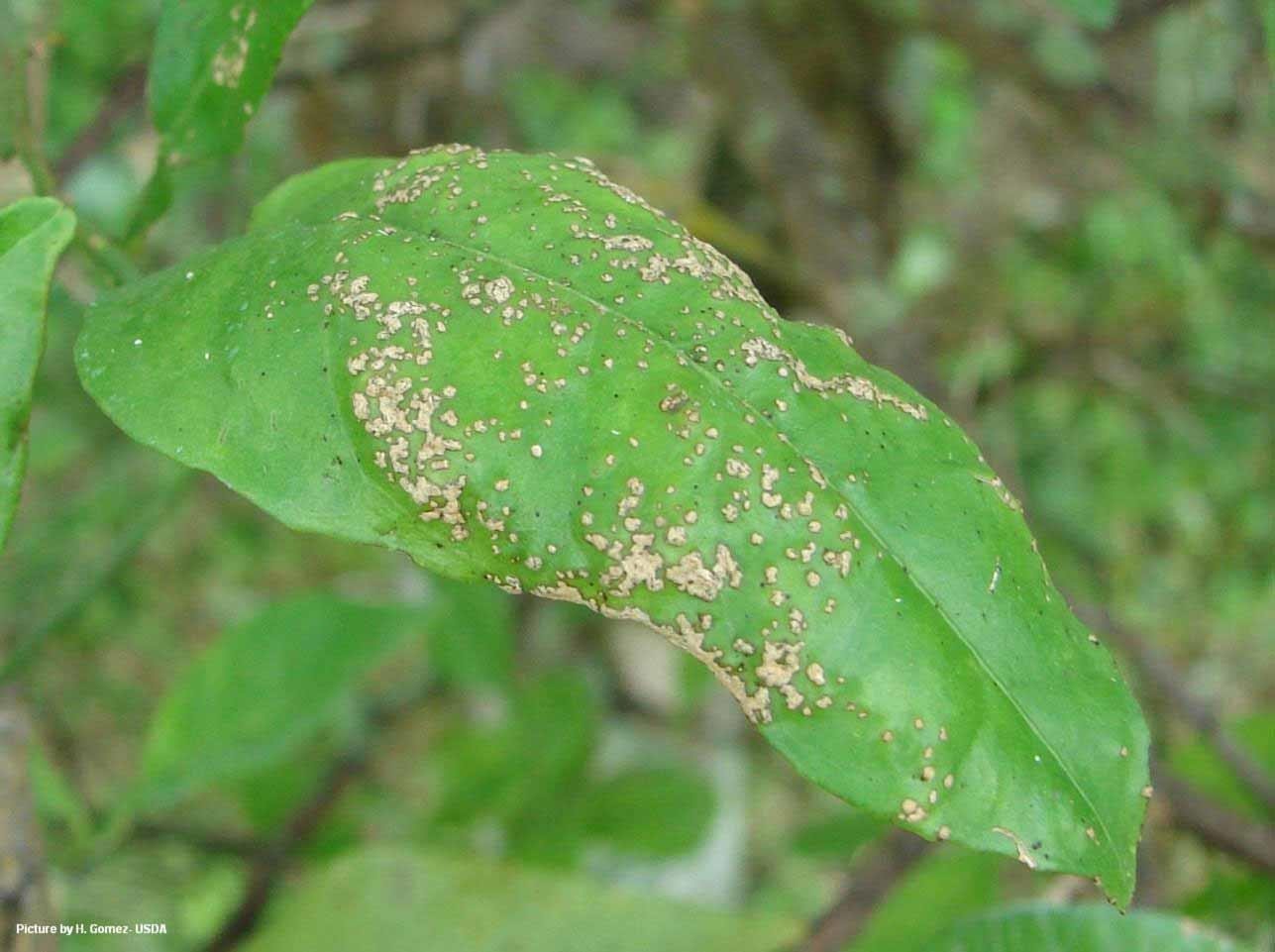
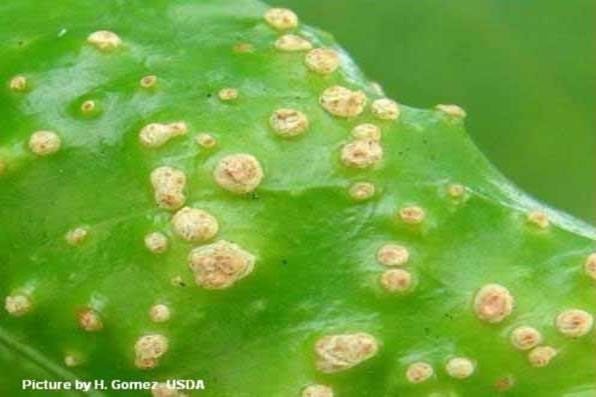
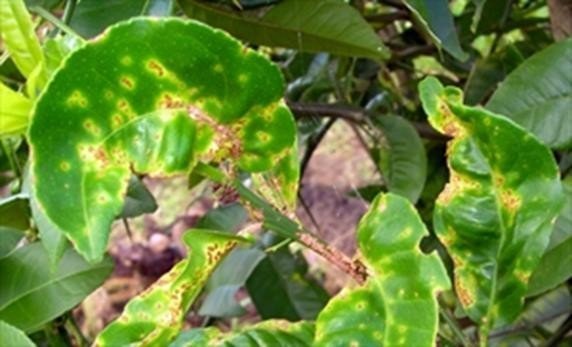
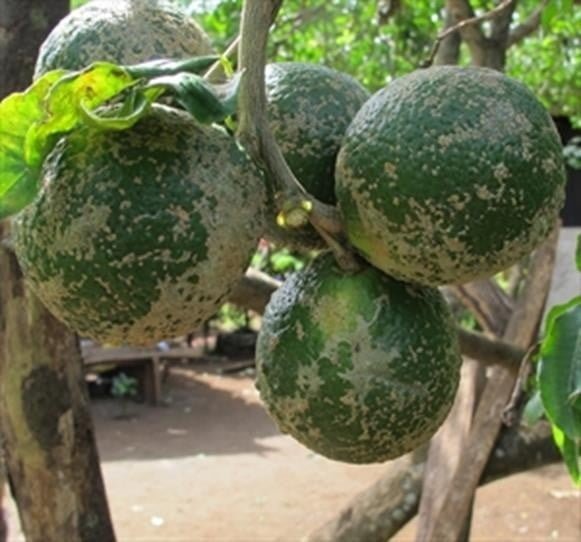
Lemon peel disease is a disease that affects lemon trees, which leads to significant economic losses. And in this article on your site botanist WORLD of PLANTS, we will dwell on the causes of this disease, methods of prevention and treatment to maintain the health of lemon trees.
Causes of lemon peel disease
Lemon peeling is caused by the fungal pathogen Elsinoë fawcettii. The fungus can survive in infected plant debris such as fallen leaves and branches, as well as the surface of fruits and soil. Spores of the fungus are spread by wind, rain or splashing water.
Favorable conditions for the spread of lemon peel disease
Lemon peel spreads in warm and humid conditions with frequent periods of precipitation or spray irrigation. The optimal temperature for the development of the disease is between 20 and 30 degrees Celsius, with a relative humidity of more than 70%. Heavy dew, frequent rains or spray irrigation can cause favorable conditions for mushroom growth and infection.
The course of lemon peel disease
The course of lemon peel disease begins with the formation of a pathogenic fungus in the remains of infected plants or on the surface of fruits. During periods of warm and humid weather, the fungus produces spores that are spread by wind, rain or splashing water. These spores can infect young and thin fruits, leaves and branches. As soon as infection occurs, the fungus penetrates into the tissues of the plant and causes the formation of lesions. As the pests mature, they develop a rough, cracked surface, which can release more spores that can spread to other parts of the plant or to neighboring trees.
The disease cycle lasts as long as favorable environmental conditions persist and susceptible plant tissues are available. The fungus can survive in plant residues or on the surface of fruits, forming sources of infection supply in the coming seasons.
Losses caused by lemon peel disease
Lemon peeling can lead to significant economic losses due to the low quality and marketability of the fruits. Severely affected fruits are often not marketable due to their unattractive appearance and the likelihood of rotting. In addition, the disease can weaken trees, making them more susceptible to diseases and other environmental stresses, and may lead to lower yields.
Strategies to combat lemon peel disease
Strategies to combat lemon flaking include the use of fungicides, proper Orchard hygiene practices, and the selection of resistant or tolerant varieties. Spraying fungicides to protect the fruits should be timed to the period of their susceptibility to disease. Agricultural practices such as pruning to improve airflow and removing infected plant debris can also help reduce disease pressure.
Preventive measures for lemon peel disease
Preventive measures for lemon peel include the use of disease-free seedlings, maintaining appropriate distances between plants, pruning to improve air circulation, avoiding spray irrigation or spraying under high pressure during wet periods, removing and destroying infected plant material. Regular survey and monitoring for early detection of symptoms is also very important, as well as maintaining proper plant nutrition and carrying out fungicide spraying when necessary.
Organic/chemical control of lemon peel disease
Organic control measures include the use of biocontrol agents such as Bacillus subtilis or Trichoderma harzianum, which can suppress the growth of fungal pathogens. In addition, plant extracts such as neem oil or garlic extracts, or copper-based fungicides can provide some protection against the disease.
With regard to chemical control, industrial fungicides such as methyl growth inhibitors (DMIs) such as diphenoconazole or propiconazole, estropylurein compounds such as peraclostrobin or trifluoxystrobin, or copper-based fungicides can be used. Spraying fungicides to protect fruits should be timed during periods of high risk of disease, such as during warm, humid conditions or after heavy rains. The use of fungicides with different mechanisms of action should be alternated to prevent the emergence of resistance to them.
In conclusion, we would like to note that we, at the world of plants website, offer you all the necessary services in the world of plants, we provide all farmers and those interested in plants with three main services::-
- Artificial intelligence consulting service to help you identify diseases that affect plants and how to deal with them.
- Blog about plants, plant diseases and care of various crops ... You are currently browsing one of her articles right now.
- An application that provides agricultural consultations to clients, as well as a service for imaging diseases and knowing their treatment for free – Click to download the Android version from Google Play Store، Click to download the IOS version from the Apple App Store.
References:
Timmer, L. W., Biever, D. L., Soliel, Z., & Akiyama, K. (2003). Fungal citrus diseases: New disease syndromes. Phytopathologia Mediterranea, 42(2), 99-112.
Citrus Pests & Diseases Treatment – yarden




